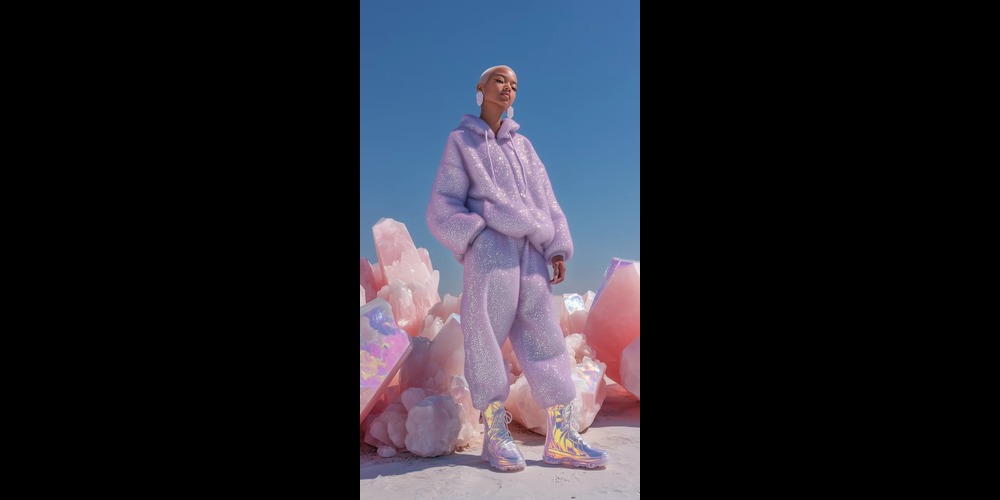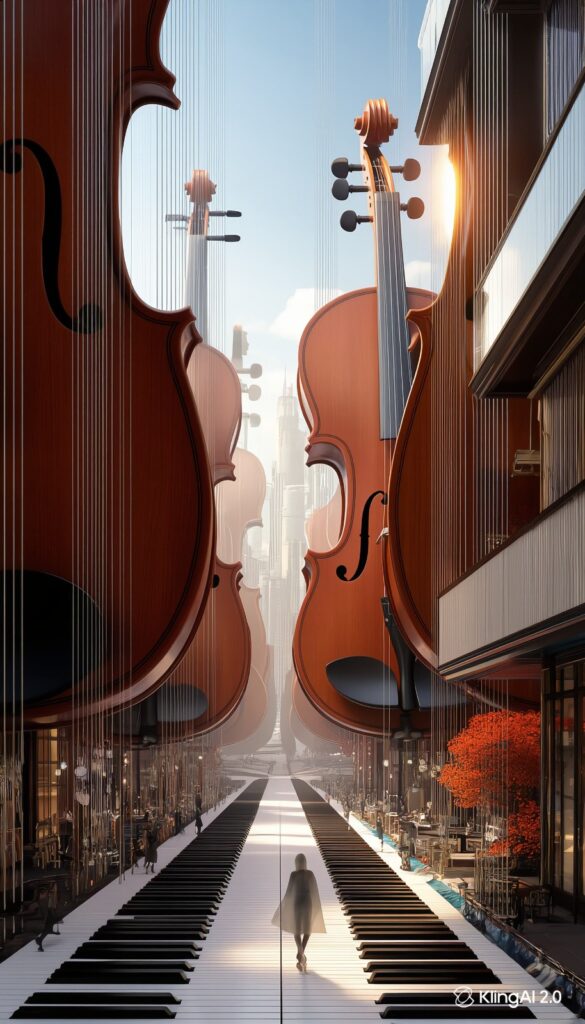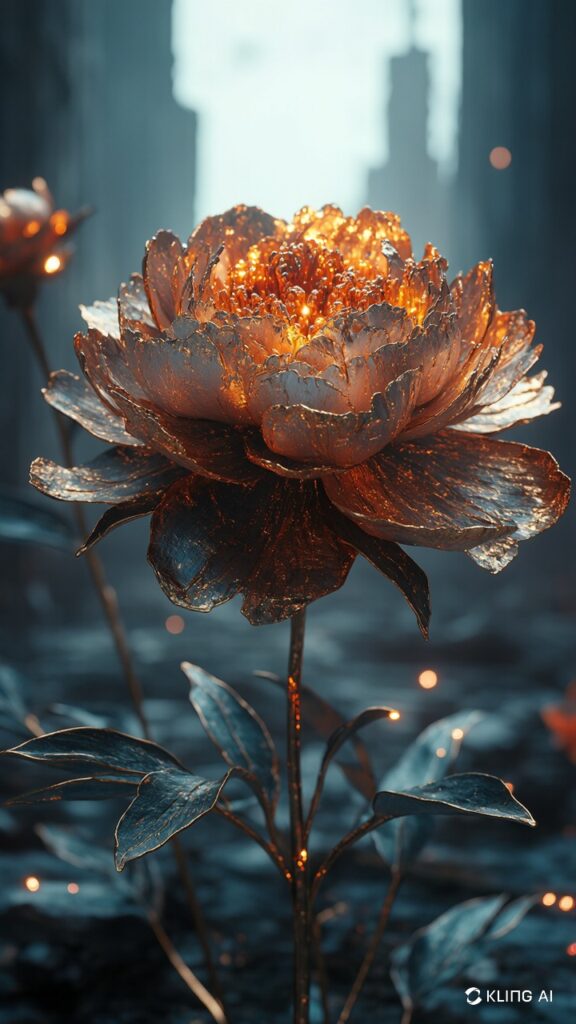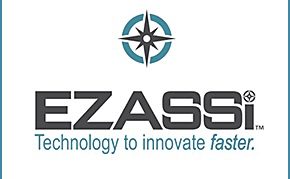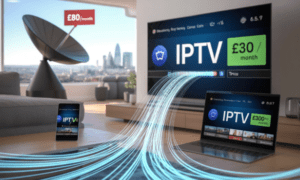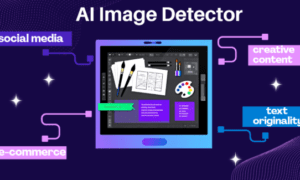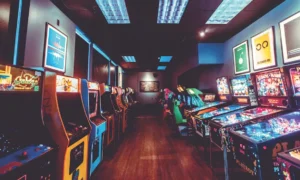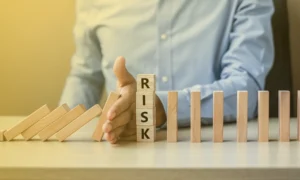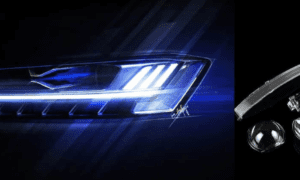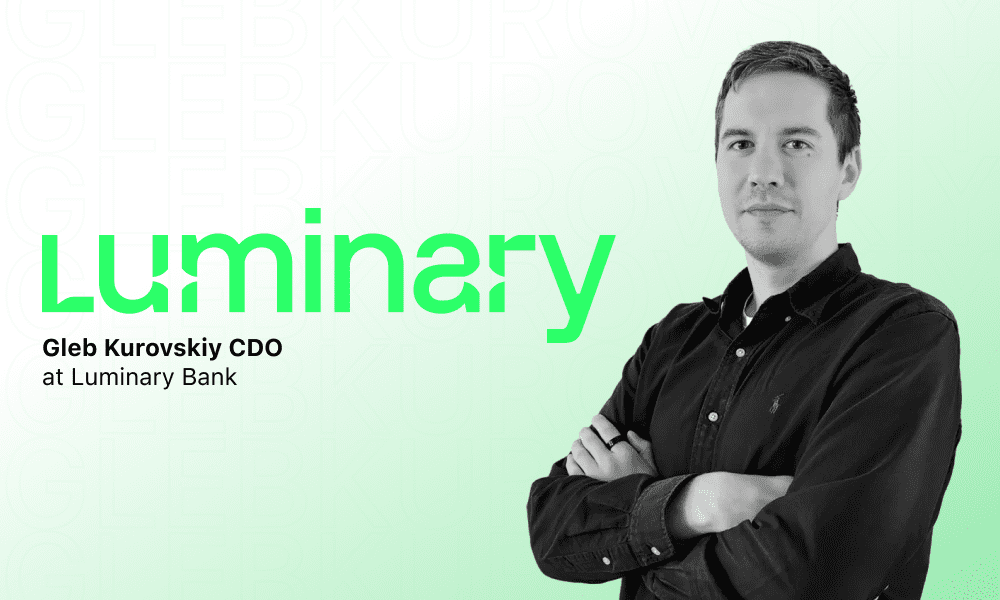From Vogue’s Lexi Manatakis: The world of art is being revolutionized by AI, and for today’s art students that means both a world of opportunity and a raft of new challenges. But with the fusion of traditional artistic methods and digital innovation, students are challenged with adopting new tools to preserve the integrity of their vision. AI image generators have become valuable new comrades in this pursuit, granting never before seen abilities to experiment, iterate, and realize creative ideas. These democratizing technologies now make sophisticated creative tools widely available, empowering students to test new limits and try on styles which had previously been unattainable. From fast prototyping to experimental styling, AI tools are changing how art students are creating their crafts, learning new tricks of the trade and preparing for professional roles in a fast-evolving digital creative world. In this article, we’ll be discussing the most recent AI developments for art students, and how these applications are transforming the creative process, speeding up skill acquisition, and unlocking new forms of artistic expression.
Understanding Generative AI Tools for Artistic Creation
Generative AI software is the latest innovation for creating art digitally, powered by a sophisticated algorithm that translates what you type into art. These have progressed from simple image and color manipulation to complex artistic systems which have an awareness of the artistic content, style and application. Primarily, AI image generators are rather good at creating original works of art by learning from large datasets of real art, which means students can explore many styles of art and art techniques without the limitations of traditional media. The tool provides unprecedented benefits in fast ideation, style experimentation, and concept visualization, which is beneficial to art students to realize their creative ideas as soon as possible. Gone are the days where the only option available is to hone the technique and subject oneself to years of technical training to become competent with an AI program that offers advanced techniques at the click of a button while still keeping creative control! This leveling of creation in art counters common student barriers such as lack of materials, lack of time, and lack of technical ability. Given the availability of such tools, a majority of which have free or educational versions, students are able to understand and learn to carry out their artistic vision, without the impediments of technical and financial nature. This advancement marks a new age in how art students can make art, providing a symbiotic array of tools to assist, rather than replace, traditional artistic skills.
Top AI Image Generators Revolutionizing Art Education
The landscape of AI image generators has evolved dramatically, offering art students an unprecedented array of creative tools. Leading platforms like Midjourney, DALL-E, and Stable Diffusion have established themselves as cornerstone technologies in digital art creation, each bringing unique strengths to the educational environment. Midjourney excels in producing highly aesthetic, artistic outputs ideal for conceptual work, while DALL-E’s intuitive interface makes it particularly accessible for beginners. Stable Diffusion’s open-source nature enables deeper customization and experimentation, perfect for advanced projects. Notably, Kling AI has emerged as a standout platform by offering specialized features tailored to educational needs, including integrated tutorials, collaborative workspaces, and academic project templates. These platforms typically provide free tiers or educational discounts, making them accessible to students operating on limited budgets. The integration of these tools into academic workflows has been streamlined through learning management system compatibility, export options in multiple file formats, and project organization features that align with course requirements. This accessibility has democratized advanced art creation techniques, allowing students to focus on creative development rather than technical limitations.
Advanced Editing Techniques for Professional Outcomes
The application of advanced AI technology is changing the way art students can norm images. Using advanced style transfer, students can combine various art styles in a natural and intuitive way, with full control over the result. Such precision guidance features now afford not only selective area modifications, but also fine color grading, and advanced composition refinements which compete with conventional digital editing tools. Successful student projects have shown that stacking several generations of AI and targeted editing can create portfolio-worthy work that retains artistic agency while capitalizing on technological edge.
Implementing AI-Assisted Iteration Processes
The secret to becoming an AI artist is to get good at iteration. With rapid prototyping, students can “see” far more ideas in a matter of minutes in comparison to drawing out those varied ideas and exploring a wide range of art concept directions. Establishing systemic feedback loops means generating sets of the variations with manifold prescribed parameter variations to be able to accurately control and refine the certain elements, without losing the main art view. That’s what makes version control so important in these types of projects: students need to structure their prompt iterations in terms of projects, document prompt variations, and maintain clarity regarding how to progress from here. Quality enhancement processes comprise providing broad concepts and responding with more specific scripts for further detail, texture and composition. This methodical method of development is a model that works well in an academic setting, allowing students opportunity for the exhibition of both aptitude and progress, capturing stages of iteration through documentation.
Mastering AI Tools: Essential Learning Resources
Finding one’s way in the AI art education landscape is a bit like everything else: there is a whole lot one can learn, and the key to it is to get started with the basics, step by step. Starting from simple prompt engineering, students can take extensive online courses available via platforms such as Coursera and Udemy, some of which include university-level certificates in AI art generation. These “prepared programs” usually last 8 to 12 weeks, and cover everything from fundamental operations to implementing advanced techniques. For instant skill building, seek out quality video tutorials on sites such as Skillshare and YouTube which offer instruction on a particular technique or tool. Significant AI art education channels provide step-by-step experiences that correspond to academic demands.
Building a Practical AI Project Portfolio
Building an AI art portfolio that wows requires careful project selection and presentation. Students should look to capture their creative process, from initial prompt to final iteration, to turn class assignments into portfolio pieces. Technical excellence can be proved by increasing difficulty in projects, in which you show that you have mastered various AI tools, methods, and approaches. Indeed, many schools now also accept applications of academic credit for AI art projects if combined with other forms of media or if the project centers around present-day topics. For the industrial presentation, students must structure their work to highlight problem-solving skills as well as “creative” use of AI technologies, and, among others, document in detail their workflow and the most important decisions they made. This is not only proof of their technical skills, but also proves that they can apply AI tools in meaningful artistic concepts. Getting active in online AI art forums, gaining feedback and networking and keeping a digital presence on platforms such as ArtStation or Behance, ensures professional credibility.
The Future of AI in Art Education
The embedding of an AI art tool in the art curriculum is a transformation that shapes our new understanding of student engagement and art making. These powerful instruments have democratized the advanced art making and allowed individual creativity and vision. AI image generators provide art students with unparalleled opportunities to experiment, iterate, and work out their artistic voice more efficiently and with more creativity. From the accessibility of these tools, to an abundance of structured learning materials and portfolio development opportunities, today’s art students are well-prepared for success in the digital age. In its continuing evolution, AI will yield still more advanced tools and applications that will continue to amplify artistic education and practice. The takeaway here is these technologies should be adopted as what they are, there is only upside to having them as tools that both enhance and not replace the traditional artist’s ability. By balancing these forces, art students have the opportunity to take advantage of AI’s promise while formulating their own personal creative sensibilities and vision for a future in which human creativity and technological innovation will be even more deeply entwined.
Read More From Techbullion

